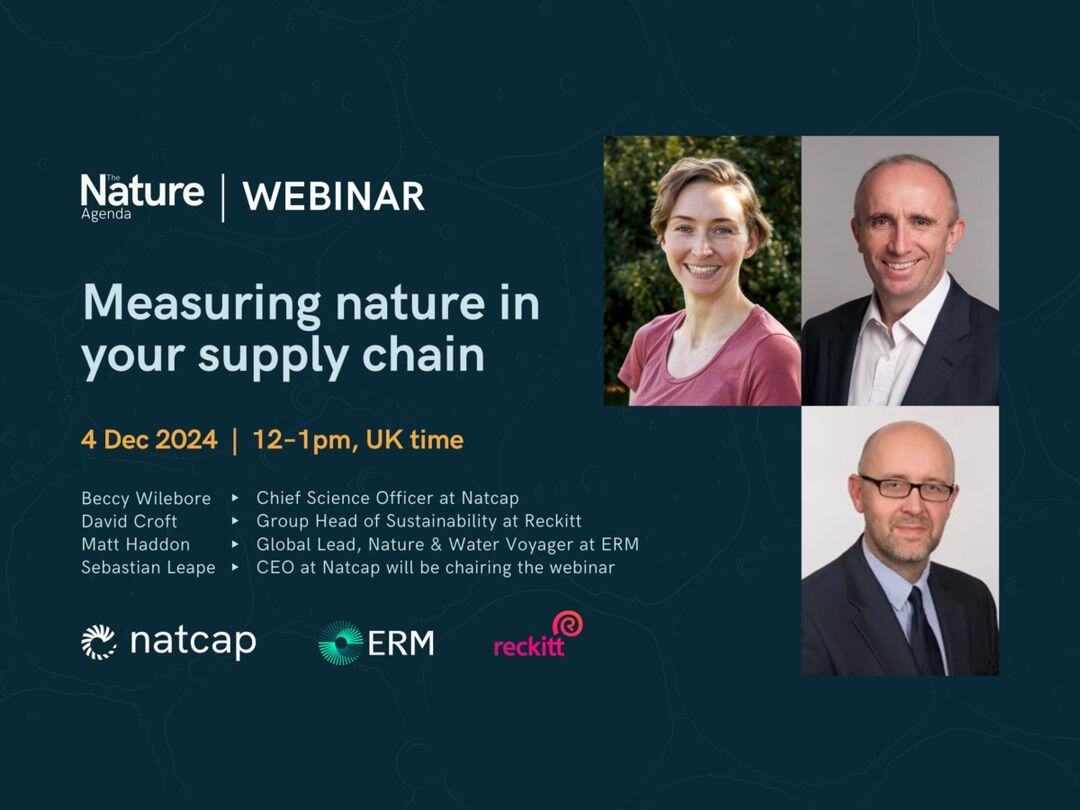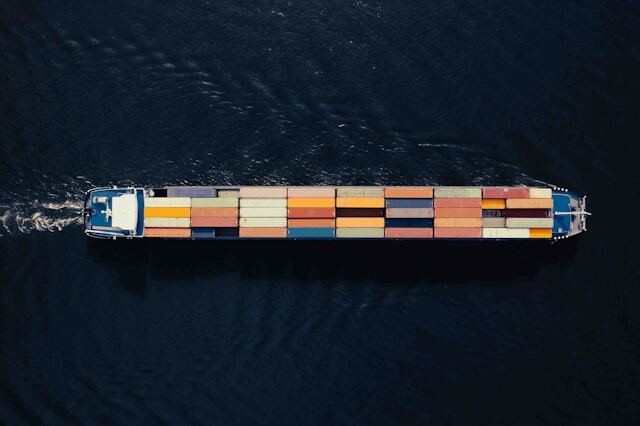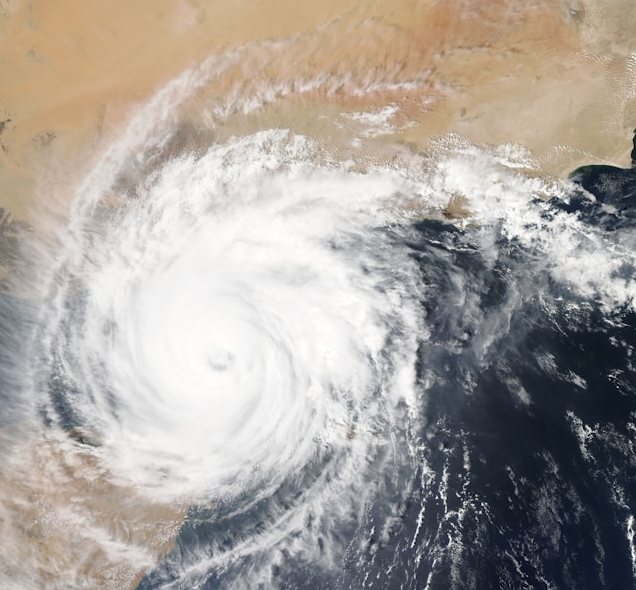Measuring Impact in Supply-Chains: Where to Begin?
For most organisations, the largest impacts on nature occur not within their own operations but across their upstream supply chains. Yet many are...

The supply chain is where most nature-related risks and opportunities lie, yet it remains one of the most challenging areas for businesses to measure and manage effectively. To address this, we brought together top sustainability leaders to share strategies for turning these challenges into opportunities.
Our expert panel featured:
Here’s a summary of the key themes from the conversation:
Managing nature in the supply chain depends on your role. For asset owners, like farmers or forestry operators, the impacts of nature are often immediate and direct. A drought or invasive species can have a rapid and tangible effect on operations.
For asset offtakers, the challenge looks different. While individual nature risks may not appear financially material, they aggregate to create significant exposure. As David Croft explains,
For offtakers, it’s about finding the most resilient blend of risks across the supply chain.
It’s easy to turn to regulation to make the business case for nature, but as was pointed out, regulatory uncertainty can often leave businesses waiting for clearer guidance rather than acting. Instead, framing nature as a way to improve operational and financial resilience is a more effective motivator.
David Croft emphasised,
Once your organisation recognises the financial risk of nature, it opens the door to better transition planning and proactive strategies.
The sheer scale of most supply chains makes nature management daunting, but the panel highlighted that analysing risks through a commodity lens can simplify the process. By focusing on high-impact commodities—like soy, palm oil, or water-intensive crops—businesses can identify priority areas for action.
Beccy Wilebore mentions that this is where Natcap suggests starting,
our guidance is to think about those commodities that are likely to have the largest impact and largest dependencies.
Addressing nature risks often requires action beyond the boundaries of individual sites. Water risks, for example, can’t be mitigated in isolation. Replenishing a watershed only works if other users, whether businesses or local communities, aren’t depleting it faster.
Matt Haddon says,
You're stuck in a watershed. If you're going to be in watershed A, then you are in watershed A. Moving water around is a fool's errand... It forces companies to think really strategically about collective solutions.
David Croft shared his experience working in Nairobi, which is a “great example of public, private, and civil society collaboration to understand the pressures on that water catchment area going forward. Confidence in the infrastructure is probably one of the reasons why Nairobi is now growing.”
Showing the power of public-private partnerships in addressing shared risks.
This is just the start of the conversation.
By understanding and managing nature-related risks, your supply chain can drive resilience and innovation.
Watch the recording above and take the first step towards building a nature-positive future.

For most organisations, the largest impacts on nature occur not within their own operations but across their upstream supply chains. Yet many are...

Nature-related risks in supply chains are increasingly recognised as material threats to business stability and reputation. For most companies the...

Procurement isn’t a barrier to nature action - it’s the engine driving it. When sustainability teams bring data, empathy, and commercial alignment,...